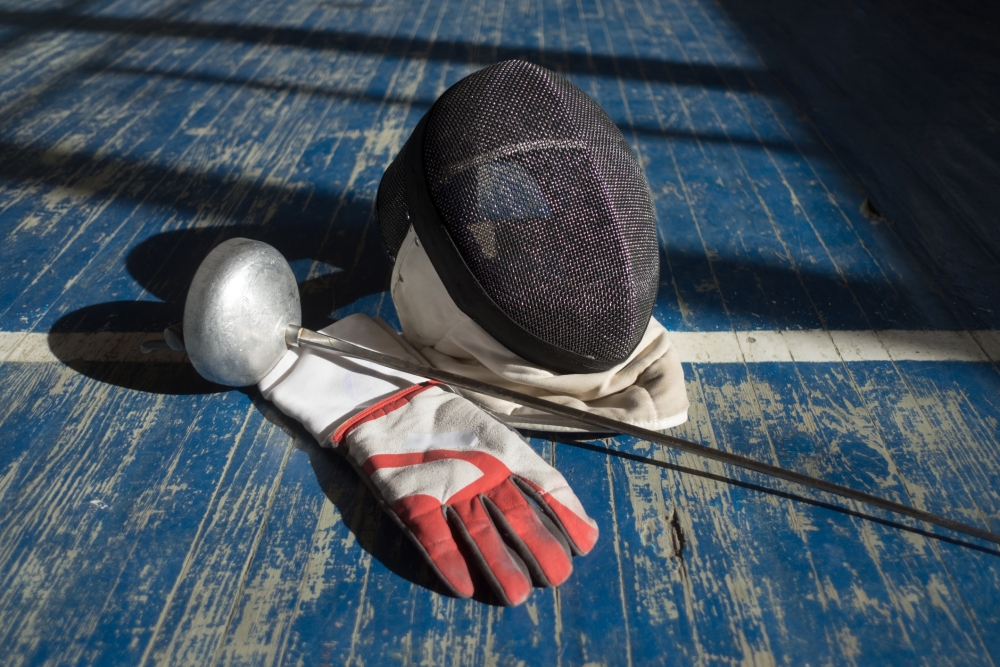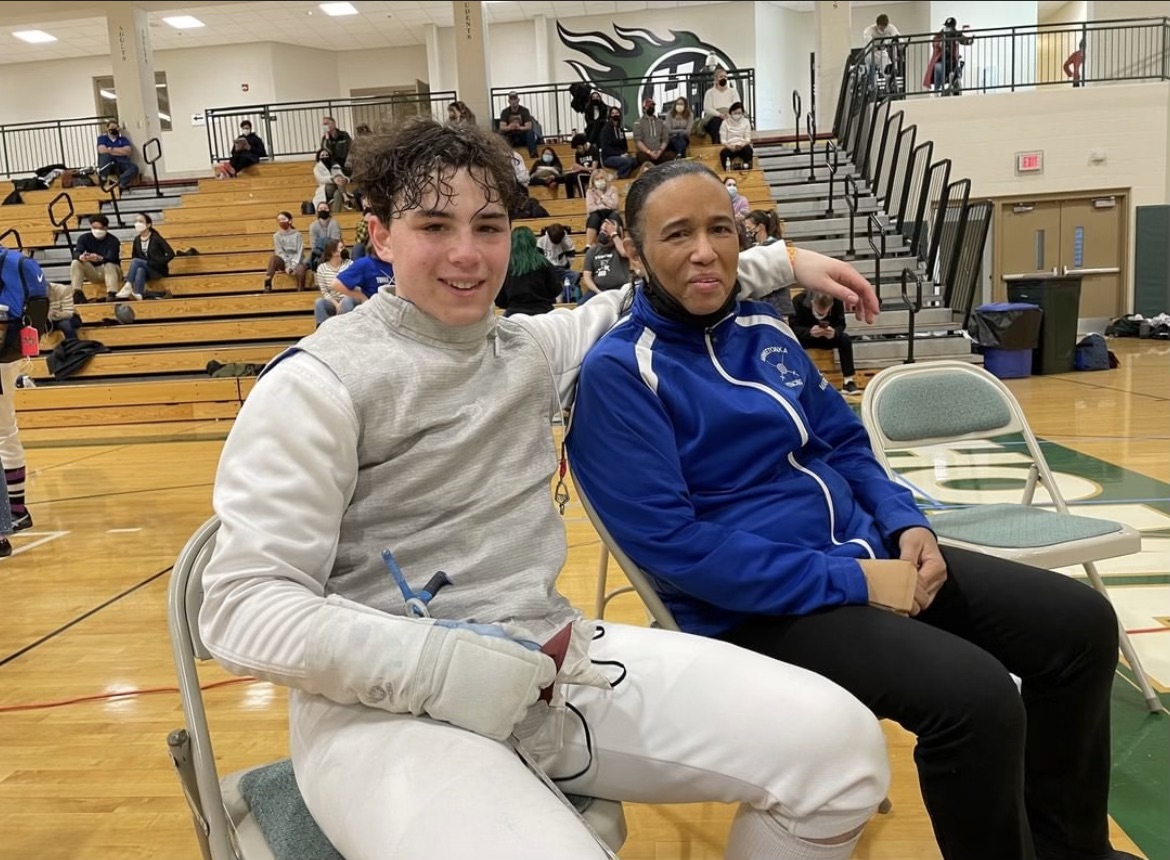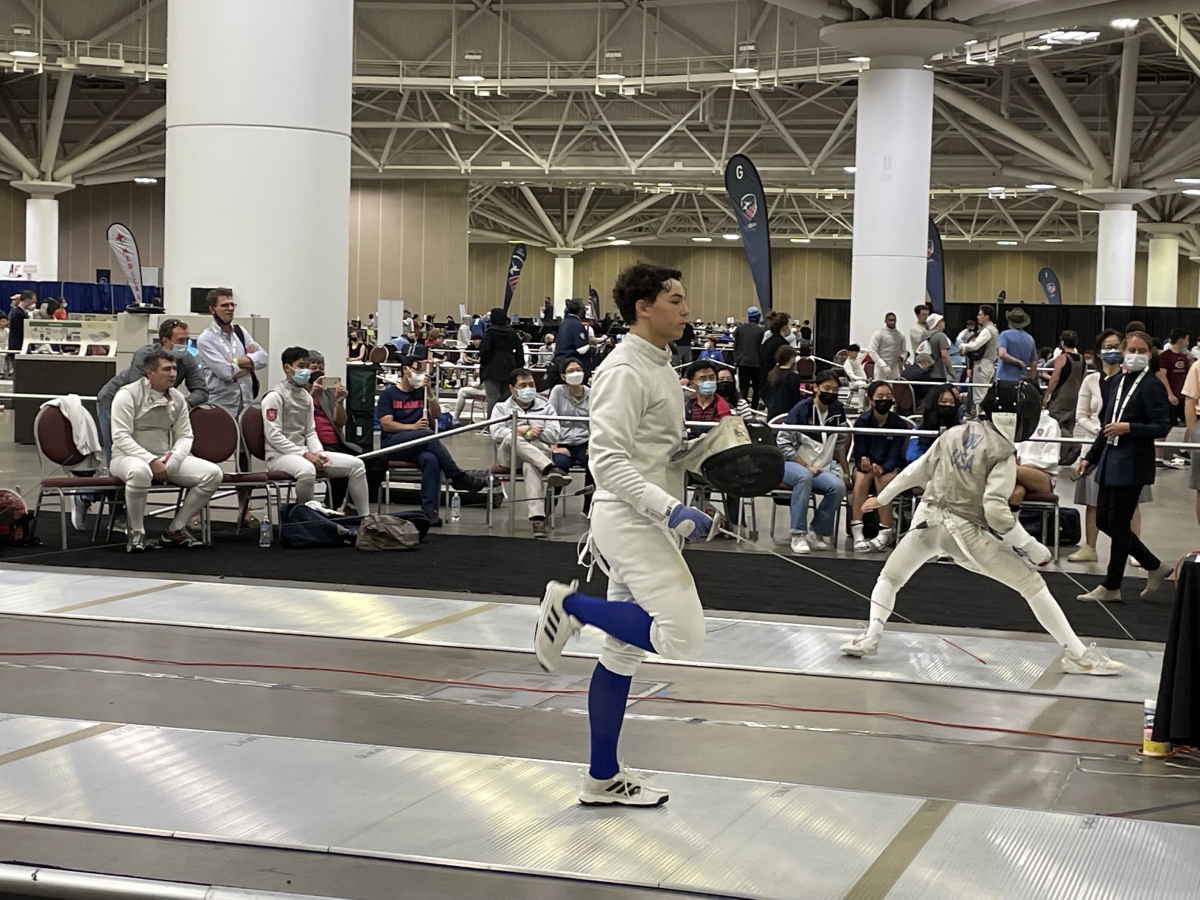
iStock/kanareyka_797
Fencer Nolan Chez secures Division I spot at the University of the Incarnate Word.
At his first regional tournament in October 2021, Nolan Chez’s biggest takeaway was learning to look at the glass half full. “You have to take away learning experiences from your matches,” Chez says. “Even if you lose, it’s kind of a win because you have to reflect on it and be like, ‘What did I do wrong here? How can I improve from this?’”
Although the MHS graduate would go on to captain the Minnetonka fencing team during his four years there, Chez’s story with fencing began much earlier during the summer of 2012. When his mom brought him a pamphlet from Minnetonka Community Education, fencing immediately piqued the soon-to-be third grader’s interest.
“I was like, ‘What’s that?’” Chez says. “She explained it to me [as], ‘Oh, you fight people with swords.’ I was like, ‘Oh, my gosh, totally sign me up.’” Fencing became a sport Chez stuck with ever since.

Chez started with classes through Minnetonka Community Ed before joining the Youth Enrichment League (YEL) team, which is when he says he started taking fencing more seriously. In freshman year of high school, he joined the Minnetonka High School fencing team while still maintaining his practice schedule with YEL.
During his tenure as team captain, Chez saw the high school team grow from 20 students to 50. “I think they just really did a good job of advertising it,” Chez says. “It got people interested, and as time went on there was more interest around it and it was able to grow and grow and grow.”
For Chez, tracking his improvement over the years is what has kept him engaged with the sport. “Every year, I look at how I was before and am like, ‘Oh, wow. I’ve been able to improve,’” he says.
Improvement takes many forms in fencing, from refining actions to practicing footwork. “The really cool thing about fencing is it’s not all about physicality,” Chez says. A Division I football player may be lithe on his feet, but against an experienced fencer, agility still doesn’t guarantee the upper hand.
“[Fencing] is kind of like chess in a way because there are certain rules at play that make it so you have to think about it more,” Chez says. Of the three varieties of fencing, Chez competes in foil. “Foil is regarded as the most difficult one because it’s the most technical, and it has the smallest target area,” he says.
With foil, the target area is restricted to the opponent’s chest (shoulders and the bib of the mask). If you hit anywhere other than the target areas, with anything other than the tip of your sword, it’s considered off target, and the match stops to replay the point. Despite the difficulty, Chez says foil is the form he’s always gravitated toward.

Chez’s most recent tournament was summer nationals, which was his first opportunity to fence for the University of the Incarnate Word, San Antonio, Texas, which he will be attending this fall. “I’m pretty happy with how I fenced and how I fenced certain people,” Chez says, looking back on the tournament. “In my matches, my pool, I went back and I looked and most of the kids in there were in the top ten for their age groups.”
Fencing is an inclusive sport with a tight-knit community, Chez says. “You don’t need any experience. If you want to have fun, it’s completely perfect for you,” he says. “I want to give credit to my teammates and YEL because, if people are interested, I think it’s the perfect place to go. They’re really nice people, and they’re really supportive.”
Same goes for the Minnetonka fencing team, Chez adds. “Anybody who is interested in fencing for an actual high school league team, I can’t recommend Minnetonka enough,” he says.



























